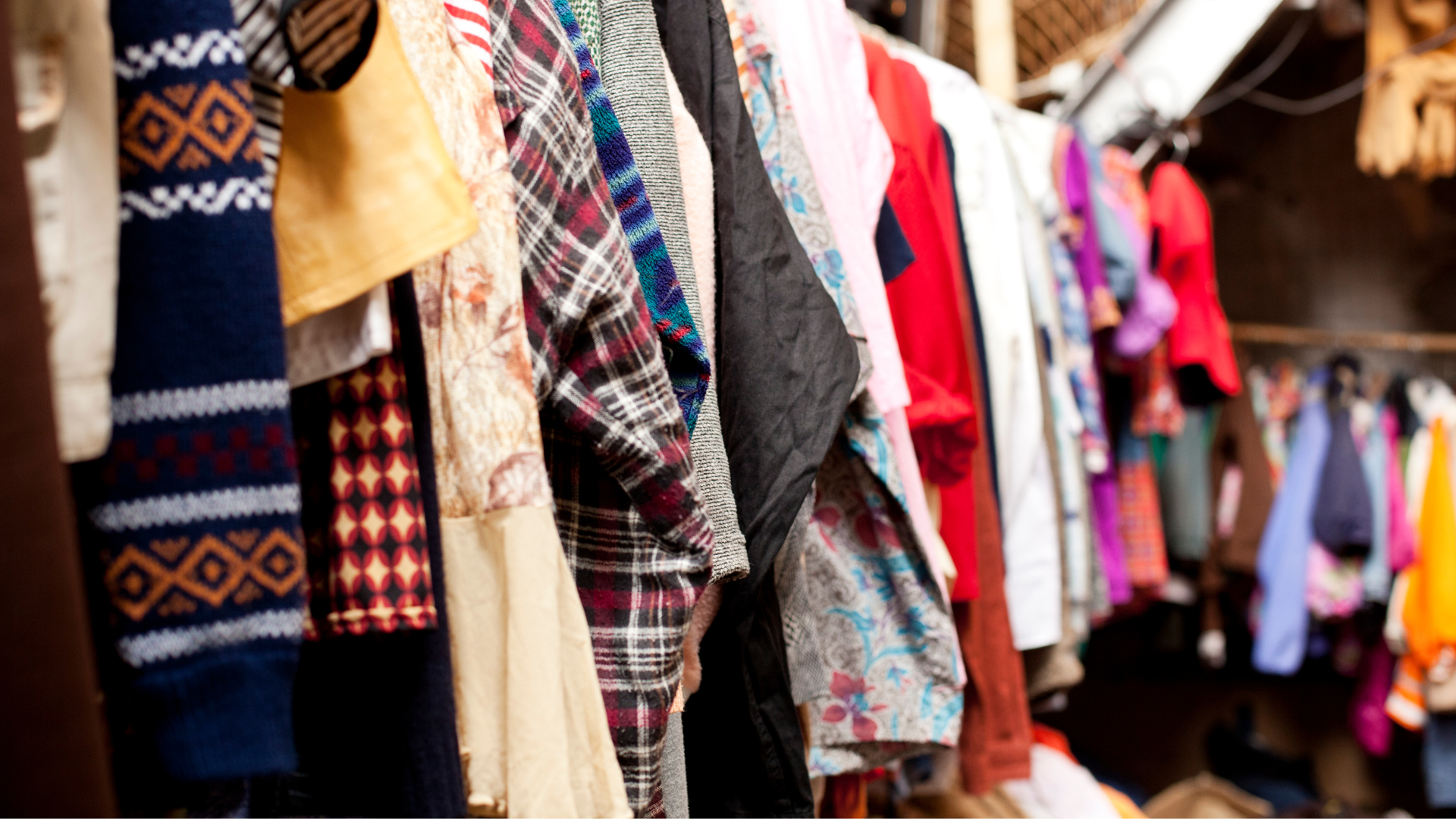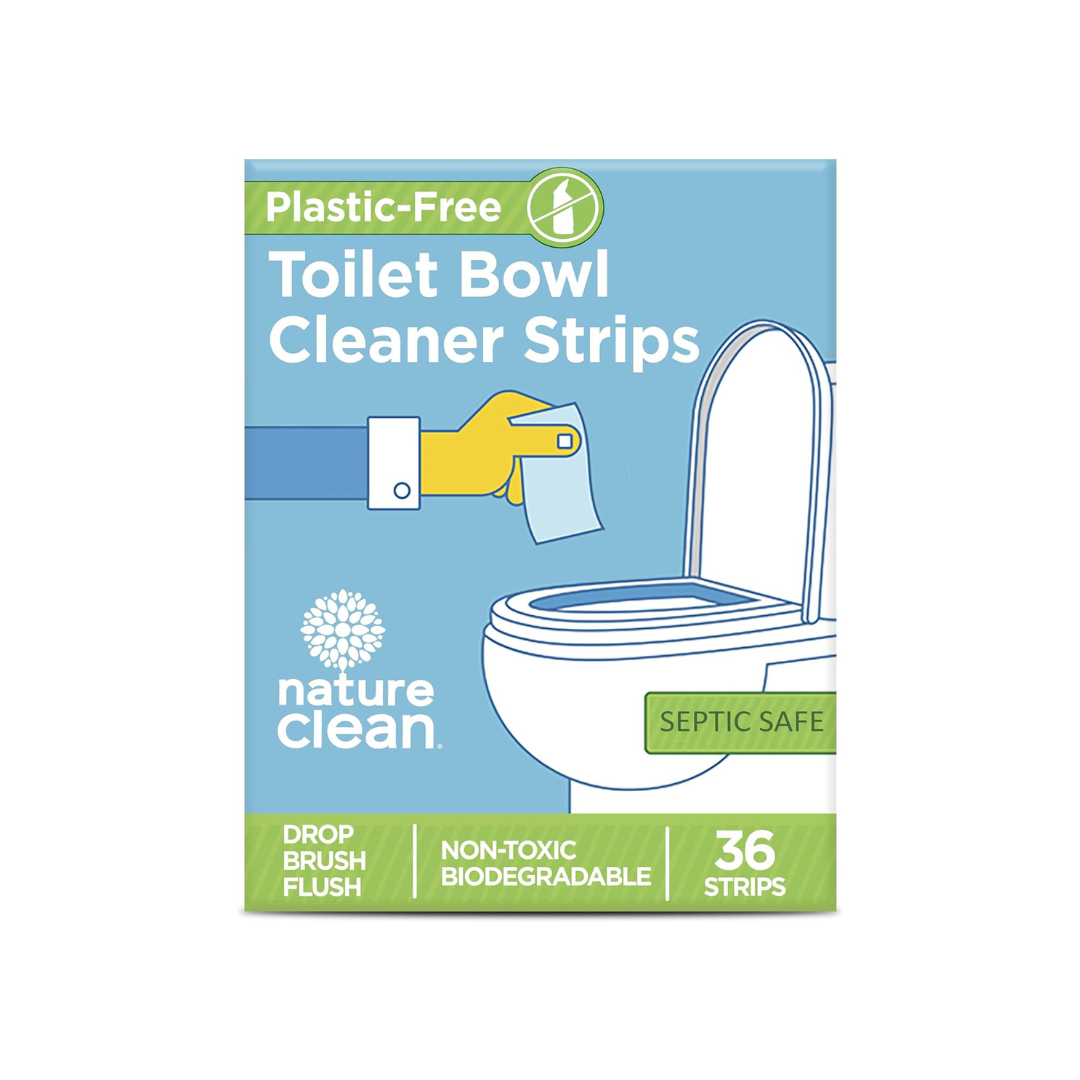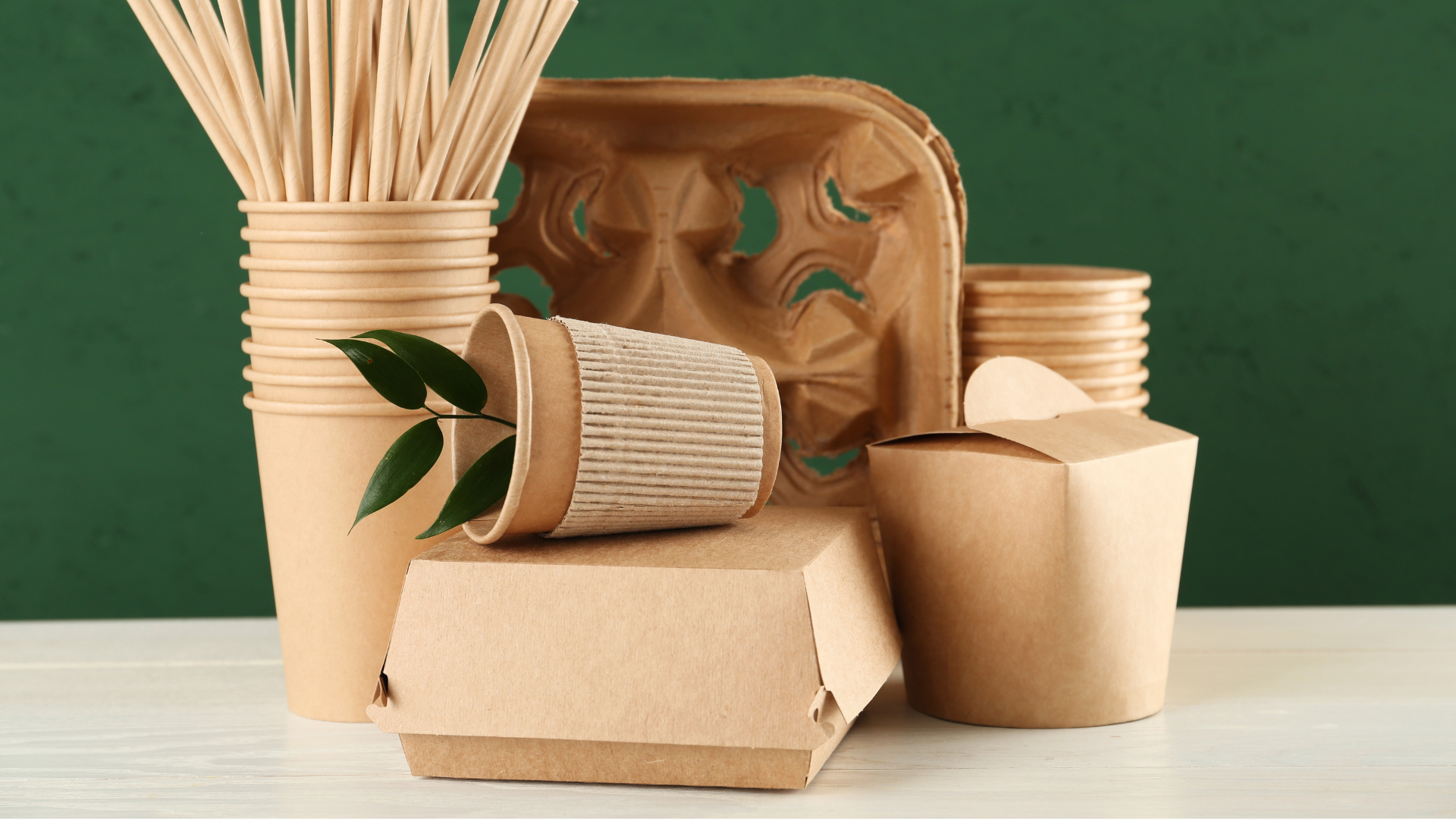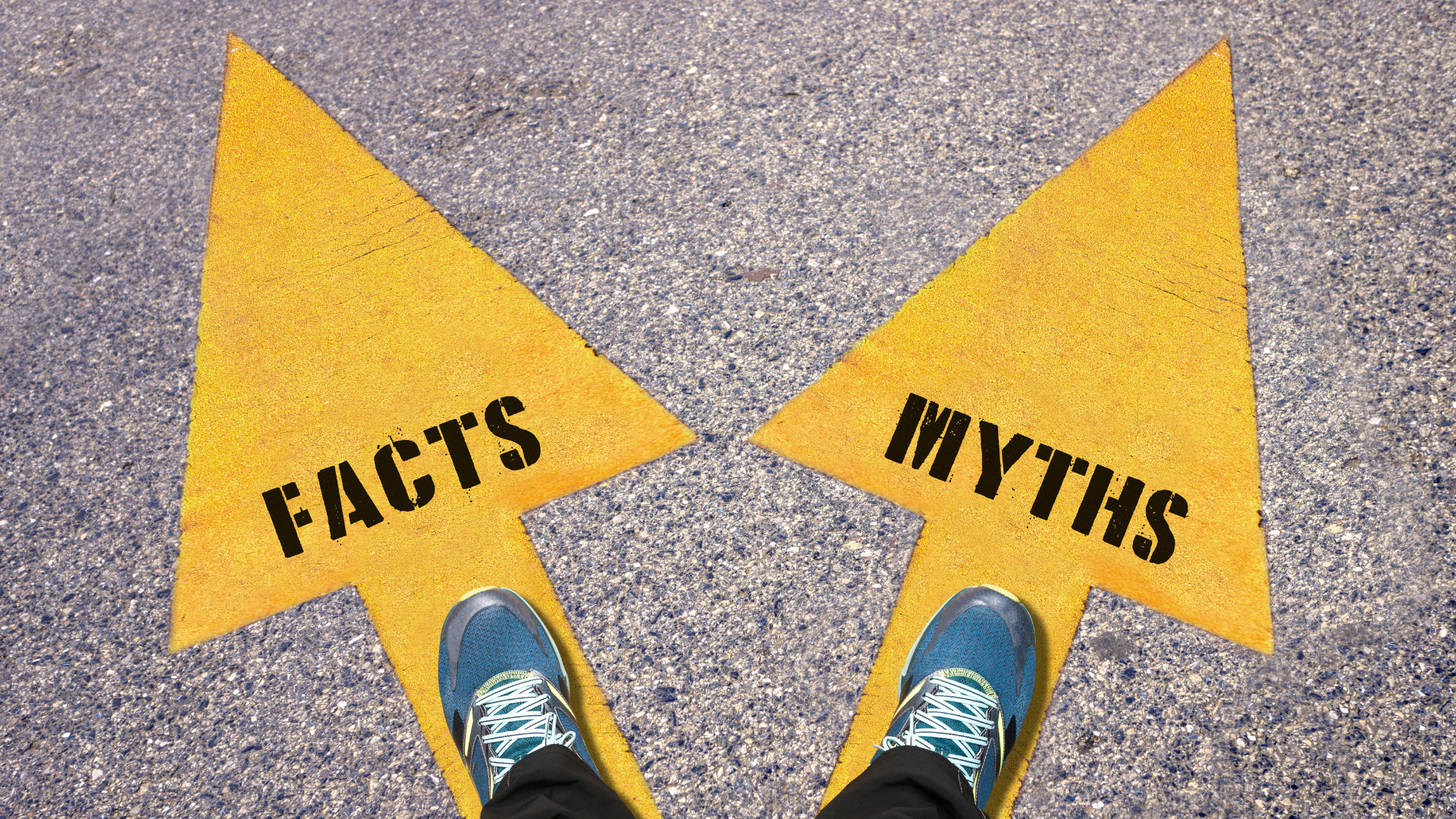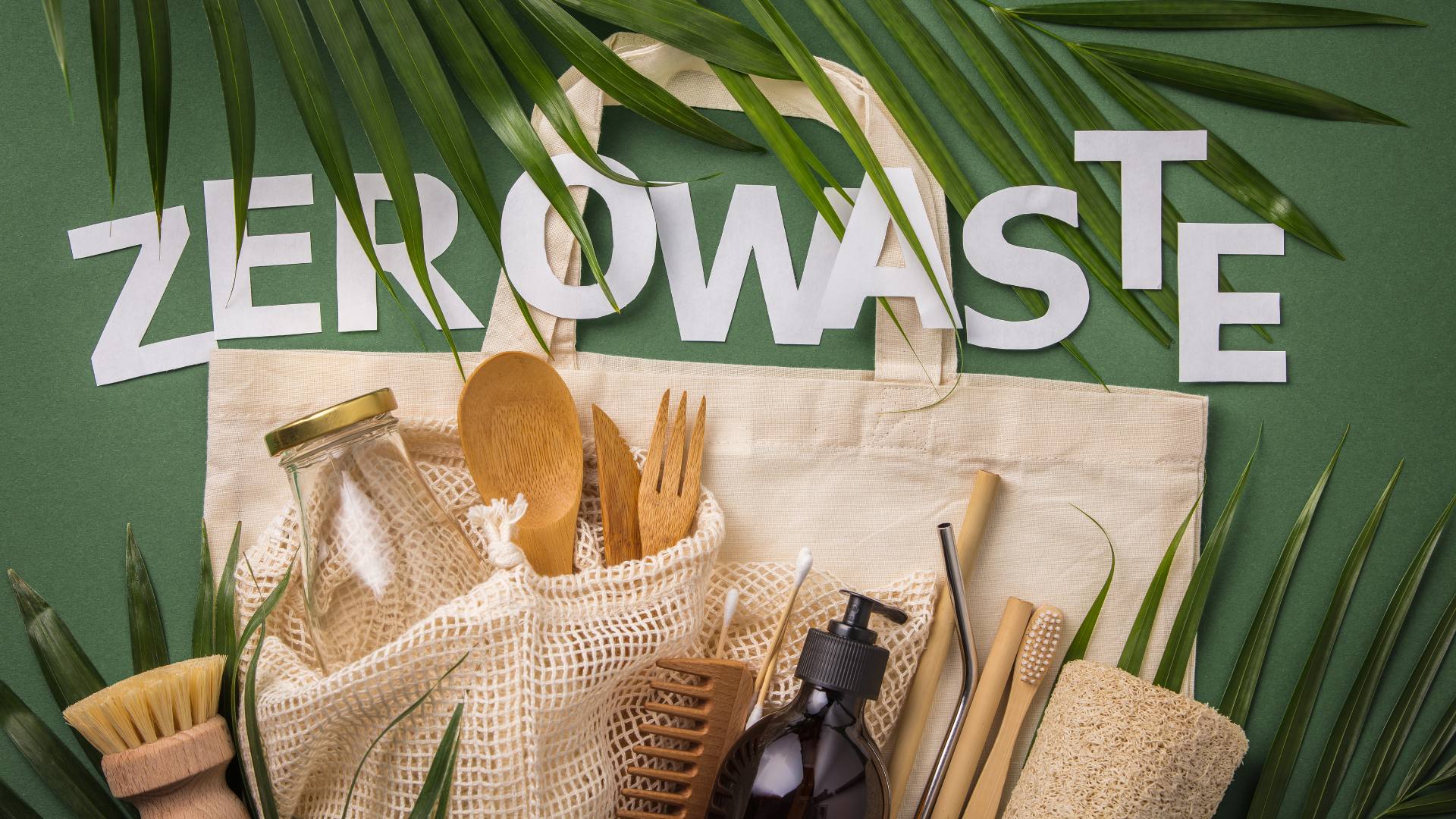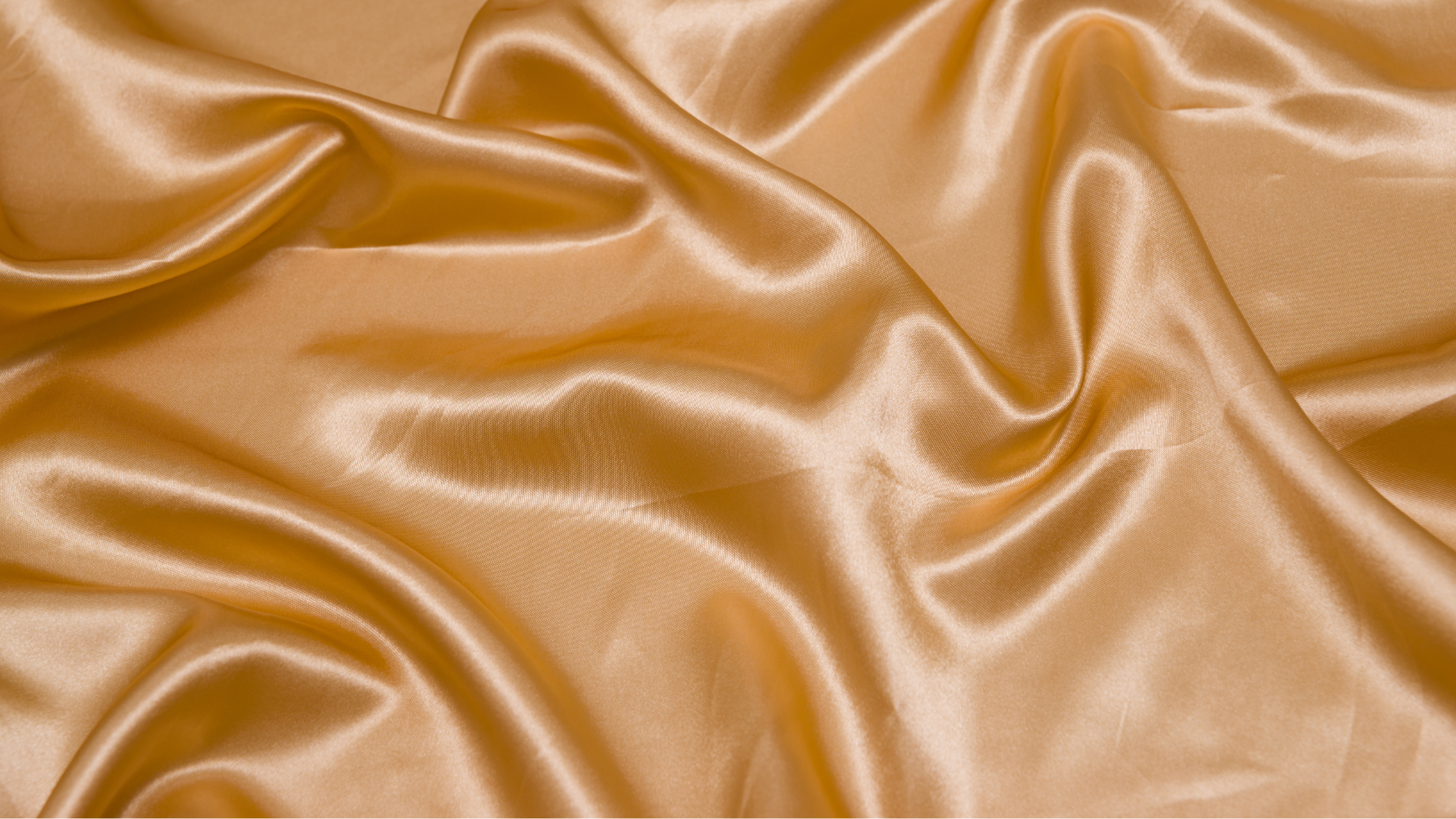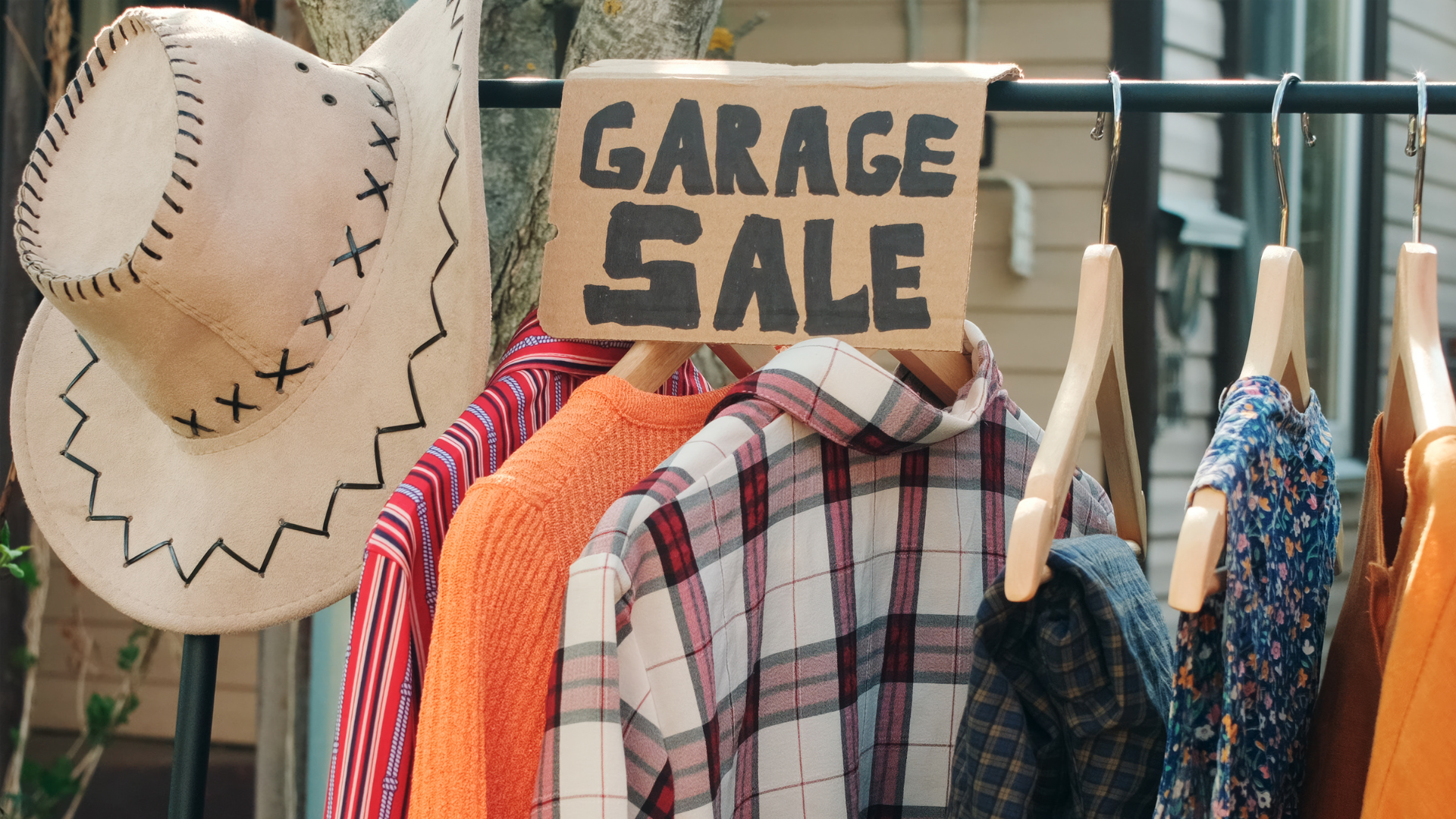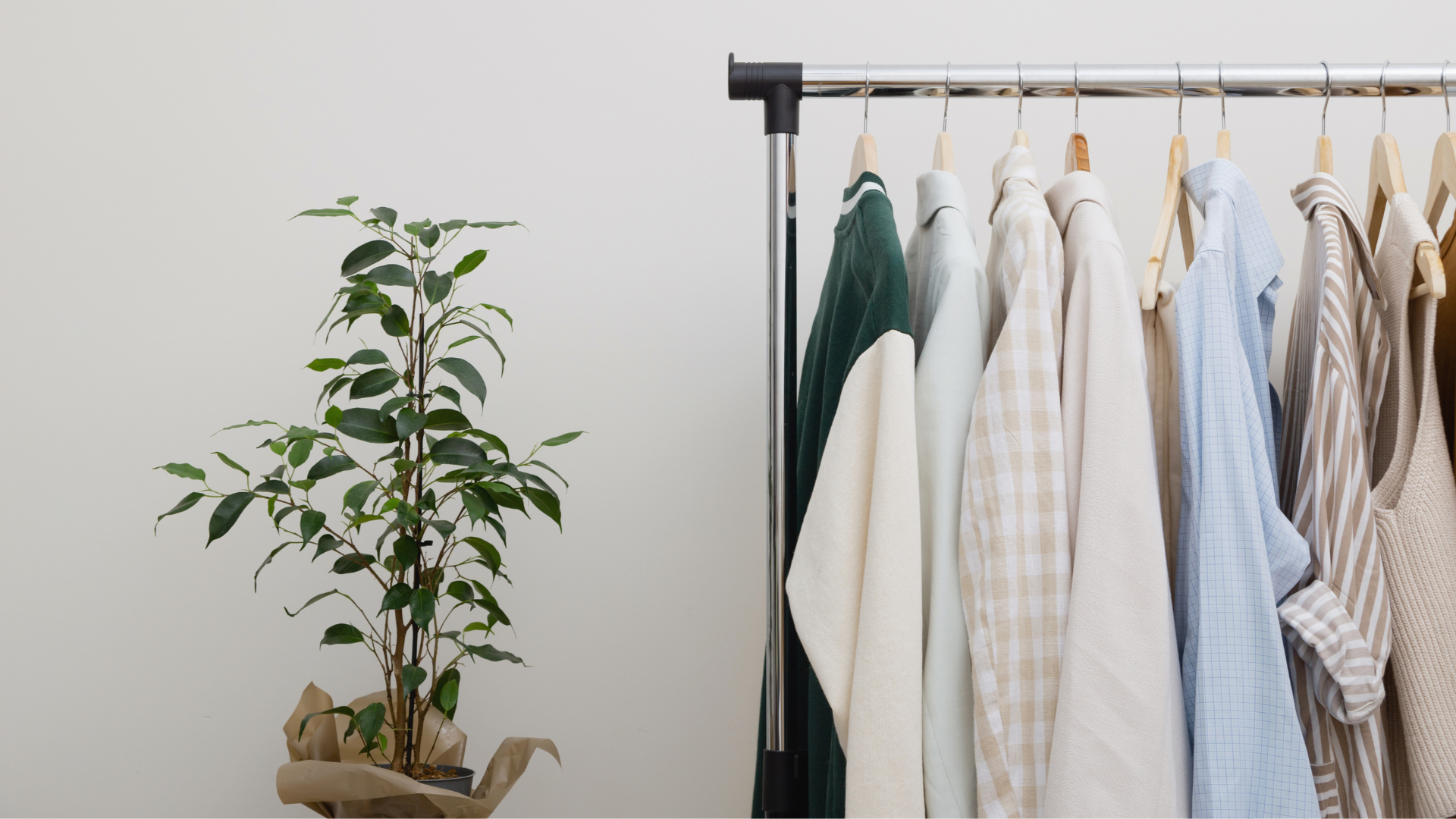As sustainability and conscious consumerism continue to take center stage, finding eco-friendly ways to dispose of your pre-loved garments is crucial. This guide explores various platforms and tips on where to sell old clothes, helping you declutter your closet and earn some money, all while being kind to the planet.
Understanding the Market for Used Clothes
Before diving into specific selling platforms, it's essential to grasp the thriving market for used garments. From vintage enthusiasts to budget-conscious shoppers, the demand for quality second-hand clothing is robust and growing.
The Rise of the Resale Market
The fashion resale market has seen exponential growth, driven by a shift in consumer habits towards sustainability and a broader awareness of the fashion industry's environmental impact.
Benefits of Selling Used Clothes
Selling your old clothes reduces landfill waste, curbs the demand for new clothing production, and provides affordable fashion options for budget-conscious shoppers.
Top Platforms to Sell Your Old Clothes
Numerous online platforms and local stores are available for selling used clothing. Here’s an overview of some of the most popular and effective options.
Online Marketplaces
eBay
As a global leader in the resale market, eBay offers a vast audience for those looking to reach buyers worldwide. You can start selling by visiting eBay’s website.
Depop
Popular among the younger demographic, Depop serves as the go-to platform for selling trendy and vintage clothing through a social media-like interface. Check out Depop to get started.
Poshmark
Poshmark combines user-friendliness with a sense of community, making it a favored choice for selling fashion items. Visit Poshmark to explore more.
Local Consignment Stores
Benefits of Selling Locally
Selling your clothes to local consignment stores can provide quick cash and support local businesses.
How to Choose the Right Store
Research local options and their consigning terms to ensure you get the best deal for your items.
Tips for Selling Your Clothes Successfully
Maximize your success in selling old clothes by considering the following tips.
Know Your Market
Understand what sells well on different platforms and tailor your listings to appeal to those specific audiences.
Quality and Presentation Matter
Make sure your clothes are clean, well-maintained, and photographed clearly to attract buyers.
Set Reasonable Prices
Set competitive prices by considering the brand, condition, and original price of the garment.
Environmental Impact of Selling Used Clothes
Selling old clothes offers significant environmental benefits alongside financial rewards.
Reducing Waste and Pollution
By selling your clothes, you help reduce waste in landfills and the pollution associated with new garment production.
Promoting a Circular Economy
Participating in the second-hand market promotes a circular economy, extending the lifecycle of products and reducing environmental impact.
FAQs About Selling Old Clothes
How do I price my used clothes?
Consider the brand, condition, and original retail price, then set a competitive price based on similar items on your chosen platform.
What clothes sell best online?
Brand-name items, seasonal garments like coats and swimsuits, and unique vintage pieces tend to sell best.
How can I make my listings more attractive?
Use clear, well-lit photos, provide detailed descriptions, and be honest about the item’s condition.
Is it better to sell online or locally?
This depends on your preference and the specific items you’re selling. Online platforms generally offer a larger audience, while local shops provide immediate transactions.
What should I do if my clothes aren’t selling?
Consider adjusting the price, improving your listings with better photos and descriptions, or trying a different platform.
Conclusion and Call to Action
Selling your old clothes is an excellent way to declutter, earn extra cash, and support sustainable living. Whether you choose to sell online or locally, you contribute to a more sustainable future. For more insights on sustainable living and eco-friendly practices, visit our Sustainable Living blog or explore our Home & Garden section for more tips on eco-friendly lifestyle choices.


